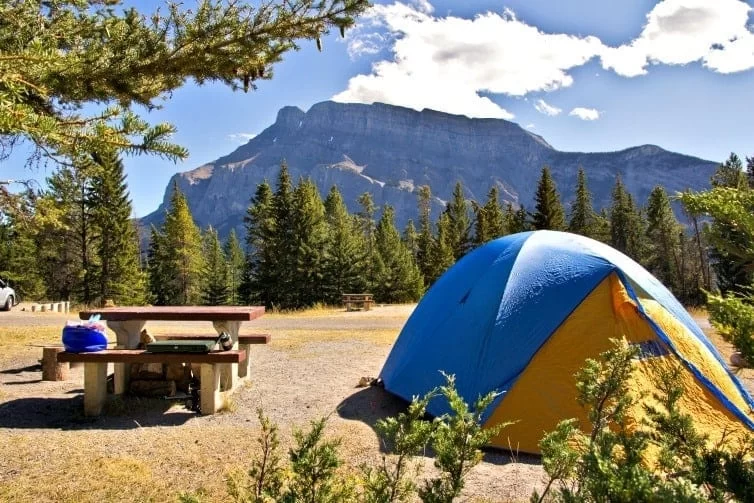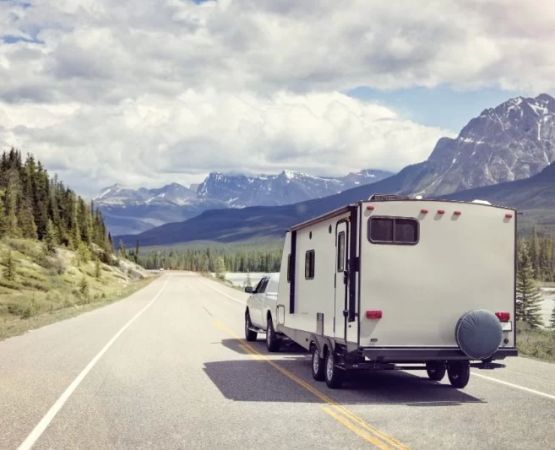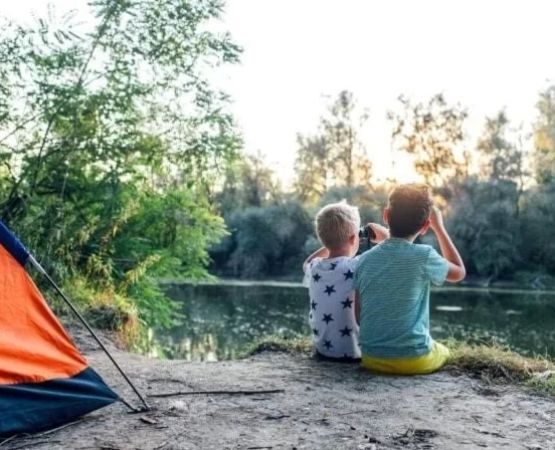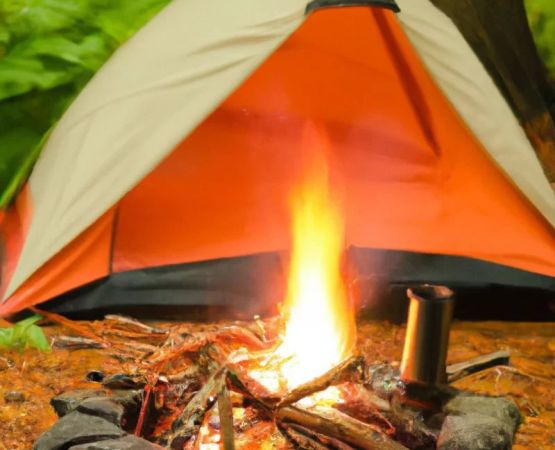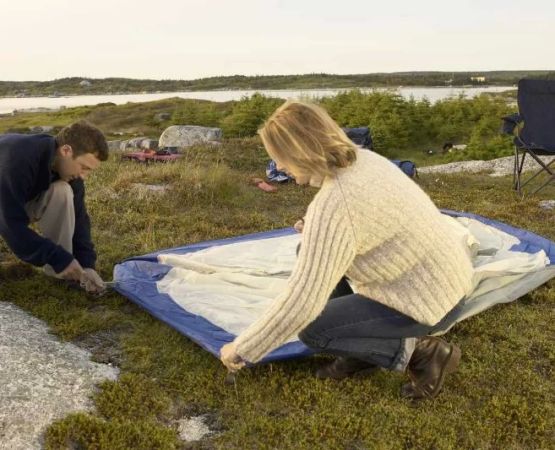How to Get a Camping Permit for National Parks: A Step-by-Step Guide
- Why a Camping Permit Is Important
- Understanding the Camping Permit Process
- How to Reserve Your Camping Spot
- Tips for Choosing the Best Camping Site
- Camping Permit FAQs
Why a Camping Permit Is Important
Camping in national parks offers an incredible opportunity to immerse yourself in nature and experience stunning landscapes, but to do so, you’ll need a camping permit. These permits are required to ensure that the park’s natural resources are protected, that campsites are managed properly, and that everyone has a safe and enjoyable experience.
Without a camping permit, you risk being asked to leave the park, and it could result in fines or penalties. In many cases, permits also help manage the number of visitors, ensuring that the parks don’t get overcrowded. So, getting your permit early is crucial for securing your spot, especially during peak camping seasons like summer and fall.
Understanding the Camping Permit Process
The process of obtaining a camping permit can vary from one national park to another, but there are some common steps that will guide you along the way. Here’s a breakdown of what to expect:
1. Check Availability: Before anything else, you need to check the availability of campsites in the park of your choice. National parks often have specific dates when reservations open, so be sure to mark your calendar. Some parks allow reservations up to a year in advance, while others may offer first-come, first-served permits.
2. Determine the Type of Permit: Some parks require a specific type of permit depending on whether you’re camping in a backcountry area or at a developed campsite. Be sure to understand the type of camping experience you’re seeking and select the appropriate permit.
3. Complete the Application: Most parks will require you to fill out an online application or a paper form. The application may ask for details like the dates of your trip, the number of campers, and the type of camping experience you’re looking for.
4. Pay the Fees: Many parks charge a fee for permits, especially for popular campsites. Be sure to have your payment ready, as some parks require payment upfront to secure your reservation.
How to Reserve Your Camping Spot
Making a reservation for your camping spot is one of the most important steps in the process. National parks typically offer reservations online, and several third-party websites assist with booking permits. Here’s how you can reserve your spot:
1. Visit the Official Park Website: The best place to begin your search for camping availability is on the official website of the national park you plan to visit. Most parks have a dedicated section for camping reservations, where you can see available dates, types of campsites, and any specific regulations.
2. Use Recreation.gov: Many national parks are part of the U.S. government’s online reservation system, Recreation.gov. This site allows you to browse available campsites, check availability, and secure your permit for a specific park or campground.
3. Call the Park: If you’re not comfortable with online reservations or if you have special requests, you can also call the park’s visitor center. They can help you with the booking process and provide additional details on permits and availability.
Tips for Choosing the Best Camping Site
Choosing the right camping site can make a big difference in your experience. Whether you’re a seasoned camper or a first-timer, here are a few tips to help you pick the best site for your adventure:
1. Consider Your Needs: Think about what kind of camping experience you’re looking for. Do you want to be close to hiking trails or prefer a quieter, more secluded area? Some campsites are closer to park amenities like restrooms and water, while others are more remote.
2. Check the Terrain: Make sure the site’s terrain matches your comfort level and gear. Some campsites have uneven ground, while others may be more level and easier to set up a tent. For backcountry camping, consider the trail difficulty and the environment you’ll be navigating.
3. Look at Reviews: If you’re not sure about a particular site, check out reviews from fellow campers. Websites like Recreation.gov or park-specific forums can offer valuable insights into the pros and cons of specific campgrounds.
Camping Permit FAQs
Here are some common questions that campers have when applying for a national park camping permit:
Q1: How far in advance should I apply for a camping permit? It’s best to apply as early as possible, especially during peak seasons. Many national parks allow reservations up to 12 months in advance, so plan ahead to secure your spot.
Q2: Can I get a camping permit if the site is full? Some parks offer walk-up permits for first-come, first-served campsites. However, these are limited and often fill up quickly, so it’s better to plan ahead.
Q3: Are camping permits transferable? Generally, camping permits are non-transferable. If you can’t make your reservation, you may be able to cancel it and receive a refund, but it’s always best to double-check the park’s cancellation policy.
Q4: How much does a camping permit cost? Fees vary by park and the type of camping site. Expect to pay anywhere from $10 to $30 per night for a basic site, with additional fees for backcountry permits or special accommodations.
If you're looking for the perfect camping experience, Pine Cliff Resort offers a serene, nature-filled getaway that's ideal for exploring the outdoors. With plenty of space for tents and RVs, and access to hiking trails, it's the perfect place to plan your next camping trip.
Ready to book your camping adventure? Click here to learn more about Pine Cliff Resort and reserve your spot today!

